Exploring the world of beer can be an exhilarating journey, filled with rich flavors, unique styles, and countless opportunities to refine your palate. For those who consider themselves beer enthusiasts, mastering the essentials of beer guidelines is crucial to fully appreciating and enjoying this beloved beverage. Whether you’re a casual drinker looking to expand your horizons or a seasoned connoisseur aiming to deepen your knowledge, this comprehensive guide offers invaluable insights into the intricacies of beer.
Key Takeaways
– Understand the core ingredients: Malt, hops, yeast, and water are fundamental to crafting great beer.
– Master malt selection: Choose the right base malts and specialty malts to achieve your desired beer style.
– Prioritize water quality: Use clean, soft water and adjust mineral levels for optimal flavor.
– Yeast management is crucial: Use active dry or liquid yeast and maintain proper fermentation temperatures.
– Hops utilization: Optimize bitterness, flavor, and aroma by using hops in multiple stages.
– Ferment and condition properly: Allow sufficient time for fermentation and adjust carbonation levels for a smooth finish.
– Follow best brewing practices: Master mashing, boiling, and post-brewing steps for consistent results.
– Sanitize and sterilize equipment: Prevent contamination with thorough cleaning and proper hygiene.
– Store and serve beer correctly: Keep beer at recommended temperatures and use appropriate glassware for preservation and enjoyment.
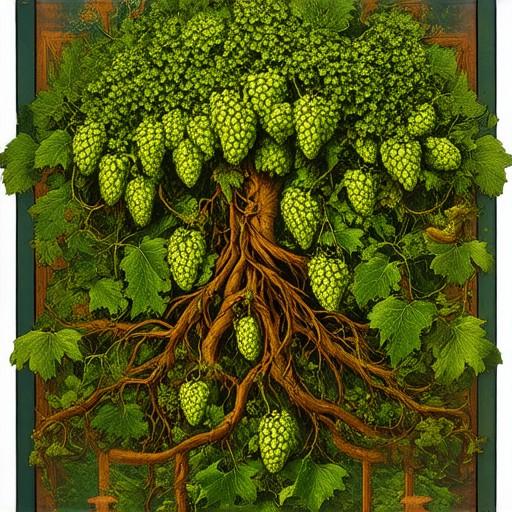
Essential Beer Guidelines for Enthusiasts
For beer enthusiasts, knowing the right approach to enjoying and caring for beer can greatly enhance the experience. Here are some key guidelines:
- Tasting Techniques: Approach beer with all senses. Look for color, clarity, and carbonation. Smell for aroma and fruitiness, then taste for flavor and mouthfeel.
- Storage: Store beer in a cool, dark place like a refrigerator to preserve its flavor and freshness. Avoid storing it near strong odors or heat sources.
- Serving Temperature: Most beers taste best around 45°F-50°F (7°C-10°C). Lagers and light beers may be enjoyed slightly colder, while stouts and porters can be served closer to room temperature.
- Food Pairings: Experiment with complementary foods. Cheeses like cheddar or brie pair well with many beers. Spicy dishes often complement bold beers like IPAs or imperial stouts.
- Glassware: Use the appropriate glass to enhance the beer’s aroma and appearance. A tulip glass is ideal for most beers, while a snifter works well for heavy stouts.
- Responsible Drinking: Know your limits. Beer contains alcohol, so consume it responsibly. Plan a designated driver or use public transportation if planning to drink multiple beverages.
Exploring different beer styles can be a rewarding journey. From crisp lagers to robust porters, there’s a beer for every preference. Always approach new beers with an open mind and let your palate guide your choices.
For more insights into the craft beer world, visit The Goods On Tap and discover the latest trends, brewery reviews, and expert recommendations.
Top 10 Beer Enthusiast Guidelines
Beer appreciation is an art form that requires knowledge, patience, and a keen sense of smell and taste. Here are the most important guidelines for beer enthusiasts to follow:
- Understand Beer Types: Familiarize yourself with the major beer styles such as ales, lagers, stouts, porters, wheat beers, and seltzers. Each style has unique characteristics that can enhance your tasting experience.
- Serving Temperature Matters: Different beer styles have optimal serving temperatures. For example, lagers are best enjoyed around 45°F, while IPAs are crisp at 38°F. Serve beers at the correct temperature to maximize flavor and aroma.
- Know When to Drink Fresh Beer: Beer loses its freshness and flavor over time. Check for freshness by looking for a healthy head, a clear body, and a pleasant aroma. Old beer may taste flat or develop off-flavors.
- Pair Beer with Food Wisely: Experiment with food pairings to enhance your experience. Bold beers like stouts pair well with hearty dishes like steak, while lighter beers complement delicate flavors like seafood or fresh salads.
- Pace Yourself: Enjoy beer in moderation and take your time with each sip. Rushing can lead to discomfort and prevent you from fully appreciating the complexity of the beer.
- Use the Right Glassware: Choose the appropriate glass based on the beer type. For example, a tulip glass directs the foam correctly, enhancing aroma and mouthfeel.
- Store Beer Properly: Keep beer cold between 33°F to 38°F to prevent it from going flat. Store it in a dark place to protect it from sunlight and humidity.
- Experiment Responsibly: While exploring new beers is encouraged, always drink responsibly. Consider the alcohol content and try new styles in moderation to avoid overwhelming your senses.
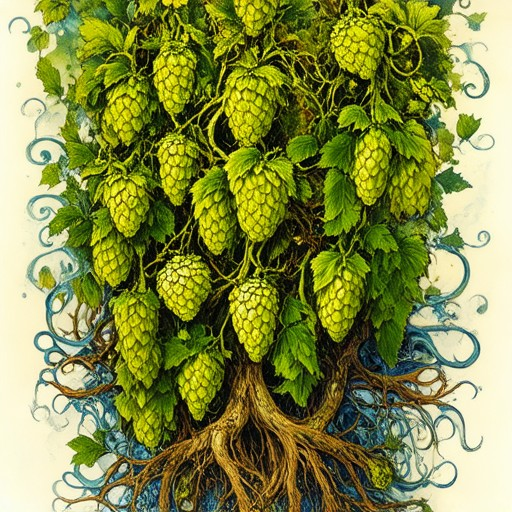
Essential Guidelines Every Beer Enthusiast Should Know
Beer appreciation is an art form that requires knowledge, patience, and a keen sense of taste. Here are some essential guidelines to help you navigate the world of beer with confidence:
- Tasting Techniques: Approach each beer with an open mind. Start by examining the appearance, which ranges from pale to dark hues depending on the style. Next, inhale the aroma, which can vary from fruity and floral to earthy and roasted. Finally, taste the beer, noting the flavor profile, which can include malt sweetness, hop bitterness, and other nuanced notes.
- Food Pairings: Beer pairs exceptionally well with a variety of foods. Light beers complement delicate dishes like salads or fish, while robust stouts and porters can stand up to hearty meats like steak or chocolate desserts. Experiment to find your personal favorites and explore traditional pairings like cheese and beer tastings.
- Brewery Visits: Visiting a brewery offers a unique opportunity to learn about the brewing process and sample fresh beers. Many breweries offer guided tours and tastings, providing insight into their craftsmanship. Don’t hesitate to ask questions and engage with the brewers to deepen your understanding of the brewing artistry.
- Storing Beer: Proper storage is crucial to maintaining beer quality. Store beer in a cool, dark place, ideally between 52°F to 56°F (11°C to 13°C). Avoid exposure to light, humidity, and fluctuating temperatures. Using an appropriate beer fridge or cooler can help preserve its flavor and aroma.
- Stay Informed: The craft beer scene is constantly evolving, with new styles and breweries emerging regularly. Follow reputable beer blogs, join online forums, and participate in local beer events to stay updated on the latest trends and releases. Resources like The Goods On Tap provide comprehensive insights into the craft beer industry.
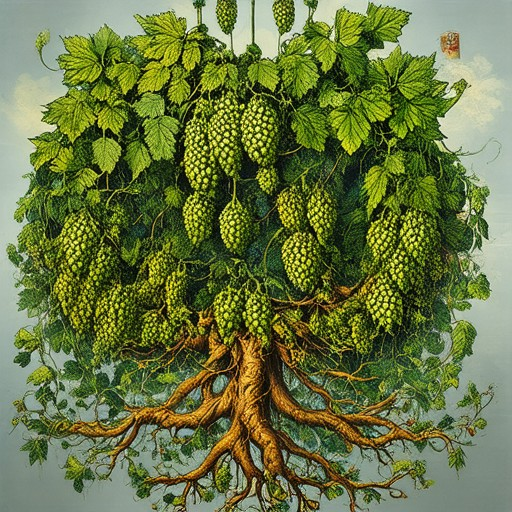
Best Beer Guidelines for New Craft Brewers
Starting out in craft brewing can be both exciting and challenging. To help you navigate the process, here are some essential beer guidelines:
Ingredients
- Primary Ingredients: Malt, hops, yeast, and water are the core components. Malt provides the base flavor and body, hops add bitterness and aroma, yeast ferments the sugars, and water plays a significant role in the final taste.
- Optional Additives: Sometimes, brewers use adjuncts like fruits, spices, or coffee to create unique flavors. These should be used sparingly and in harmony with the base ingredients.
Malt Selection
- Choose high-quality base malts like Pale Ale, Marzen, or Wheat malt based on the beer style you’re aiming for.
- Specialty malts (e.g., roasted, smoked, or chocolate malts) can add unique flavors and colors to your beer.
Water Quality
- Use clean, soft water for most beers. Hard water may require additional adjustment to prevent harshness.
- Consider the mineral content and pH level of your water, as these factors greatly influence the flavor profile of your beer.
Yeast Management
- Use active dry yeast or fresh liquid yeast for fermentation. Ensure proper rehydration and a clean environment for optimal performance.
- Maintain recommended fermentation temperatures (usually between 68°F – 75°F or 20°C – 24°C) to encourage healthy yeast growth and flavor development.
Hops Utilization
- Brewers often use hops in three stages: boil for bitterness, whirlpool for flavor and aroma, and dry hop for finishing touches.
- Measure hops by weight to maintain consistency and achieve the desired bitterness (IBU) level.
Fermentation and Conditioning
- Allow sufficient time for fermentation (typically 7-14 days) to fully develop the beer’s character.
- Condition the beer by reducing the carbonation level through natural carbonation or forced carbonation methods.
Brewing Process
- Mashing: Break down starches into sugars for a smooth mouthfeel. Use the correct water-to-grist ratio and mash temperature (usually 152°F – 158°F or 65°C – 70°C) based on your malt type.
- Boiling: Extract flavors and aromas from hops and malt during the prolonged boil. Aim for a boil volume that matches your desired wort yield.
Post-Brewing Steps
- Filtering: Use a sparkling or bright beer filter to ensure a clear and crisp finish.
- Carbonation: Force carbonate if needed, or allow natural carbonation to develop over time.
Sanitation and Sterilization
- Clean and sanitize all equipment before use to prevent contamination and off-flavors.
- Use properly sanitized water and follow best practices for hygiene in the brewhouse.
Equipment Considerations
- Invest in a sturdy stainless steel brew pot, mash tun, and fermentation vessels.
- Use proper cooling systems to maintain consistent temperatures during the brewing process.
Resources for Learning
- Explore educational resources like The Goods On Tap for detailed brewery reviews and brewing insights.
- Refer to books like “The New Brewer’s Handbook” for advanced brewing techniques and guidelines.
By following these beer guidelines and staying committed to learning, you can create high-quality craft beers that showcase your creativity and skill. Happy brewing!
Key Guidelines Every Beer Enthusiast Should Know
Understanding the fundamentals of beer appreciation can elevate your experience. Here are essential guidelines:
- Storage Tips: Store beer in a cool, dark place between 52°F to 56°F (11°C to 13°C). A refrigerator is ideal, but ensure it’s not too dry or smoky.
- Serving Temperature: Serve lagers and pilsners around 45°F (7°C), ales at 50°F (10°C), and stouts near 55°F (12°C). Temperature affects flavor and mouthfeel.
- Glassware Matters: Use the appropriate glass for each beer type. Pint glasses for lagers, tulip for ales, and snifters for specialty beers to preserve aroma and appearance.
- Beer Pairing: Match beer with food based on flavor profiles. Crisp lagers pair well with grilled meats, while robust stouts complement rich, hearty dishes like steak or chocolate desserts.
- Brewery Visits: Touring breweries offers unique insights. Many offer guided tours and tastings, providing behind-the-scenes looks at the brewing process and exclusive releases.
- Beer Styles: Familiarize yourself with styles like IPAs, porters, wheat beers, and sours. Each style has unique characteristics and can be enjoyed in different contexts.
- Cheers to Collaboration: Engage with fellow enthusiasts through local beer clubs or online forums. Sharing experiences and learning from others enhances your knowledge and enjoyment of craft beer.
For more detailed insights, explore The Goods On Tap ‘s comprehensive guide on beer styles and brewing techniques. Elevate your beer appreciation journey today!
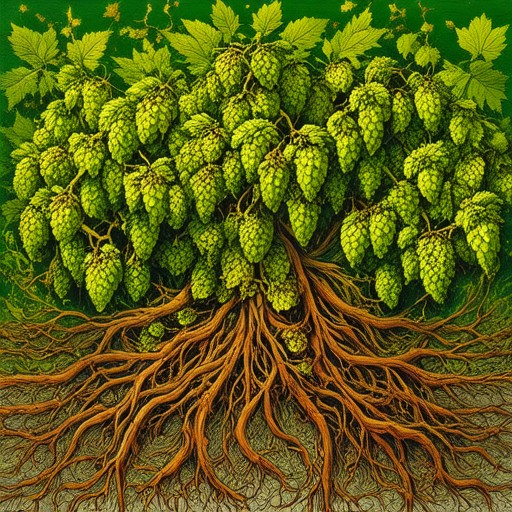
Best Guidelines for Storing and Serving Beer
Proper storage and serving techniques are essential to maintaining the flavor and freshness of your beer. Here are the top recommendations for ensuring your beer stays in optimal condition:
- Storage Guidelines:
- Temperature Control: Store beer at the recommended temperatures: – Lagers: 35-40°F (5-8°C) – Ales: 50-55°F (10-13°C) – Wheat Beers: 42-46°F (6-12°C)
- Dark Environment: Keep beer away from direct sunlight and fluorescent lights, as UV rays can alter the flavor and appearance.
- Air Tight Containers: Store beer in bottles, cans, or kegs with proper seals to prevent oxidation and contamination.
- Refrigeration: Use a refrigerator or cooler to maintain consistent temperatures, especially during warmer months.
- Serving Guidelines:
- Serving Temperature: Serve most beers slightly chilled, typically between 38-42°F (3-6°C) for lagers and 45-48°F (7-9°C) for ales.
- Pour Correctly: Use a gentle pour to avoid excessive foam. Pour slowly into a clean glass, ensuring the head is about 1-2 inches tall.
- Glassware Selection: Choose the appropriate glass based on the beer style. For example, wheat beers often benefit from a wide-brimmed glass to capture the aroma.
- Cleanliness: Clean all equipment, including bottles, glasses, and tap lines, before serving to prevent contamination.
- Additional Tips:
- Freshness: Beer is best enjoyed fresh, so store opened bottles for no more than 2-3 days and consume them within 30 days of purchase.
- Light Exposure: Avoid exposing beer to light for extended periods, as it can lead to skunking and loss of flavor.
- Pressure Management: If using a keg, ensure it is properly carbonated and at the correct pressure to maintain the beer’s fizz and flavor.
By following these guidelines, you can ensure your beer is stored and served at its best possible quality, whether you’re enjoying it at home or in a social setting.
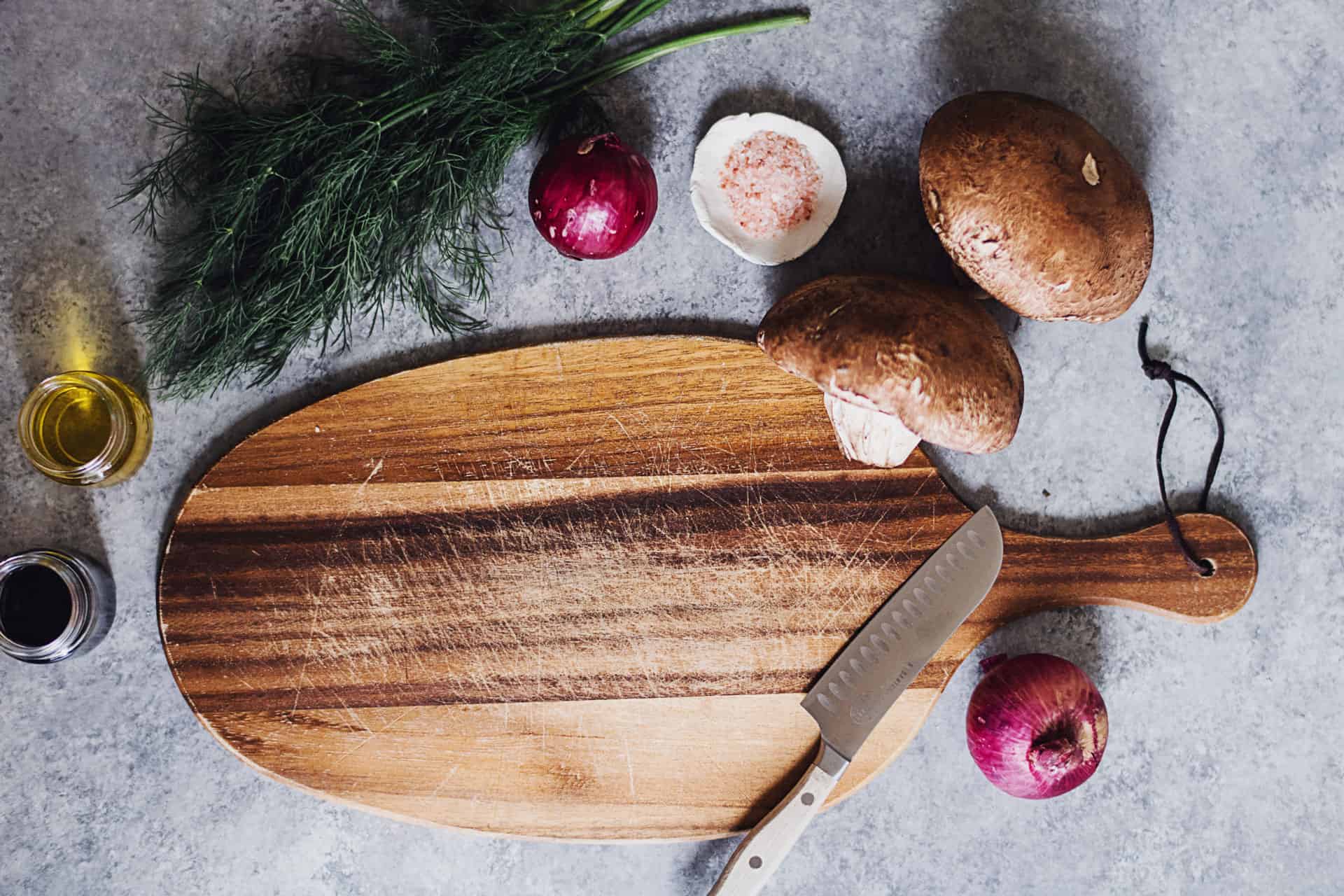
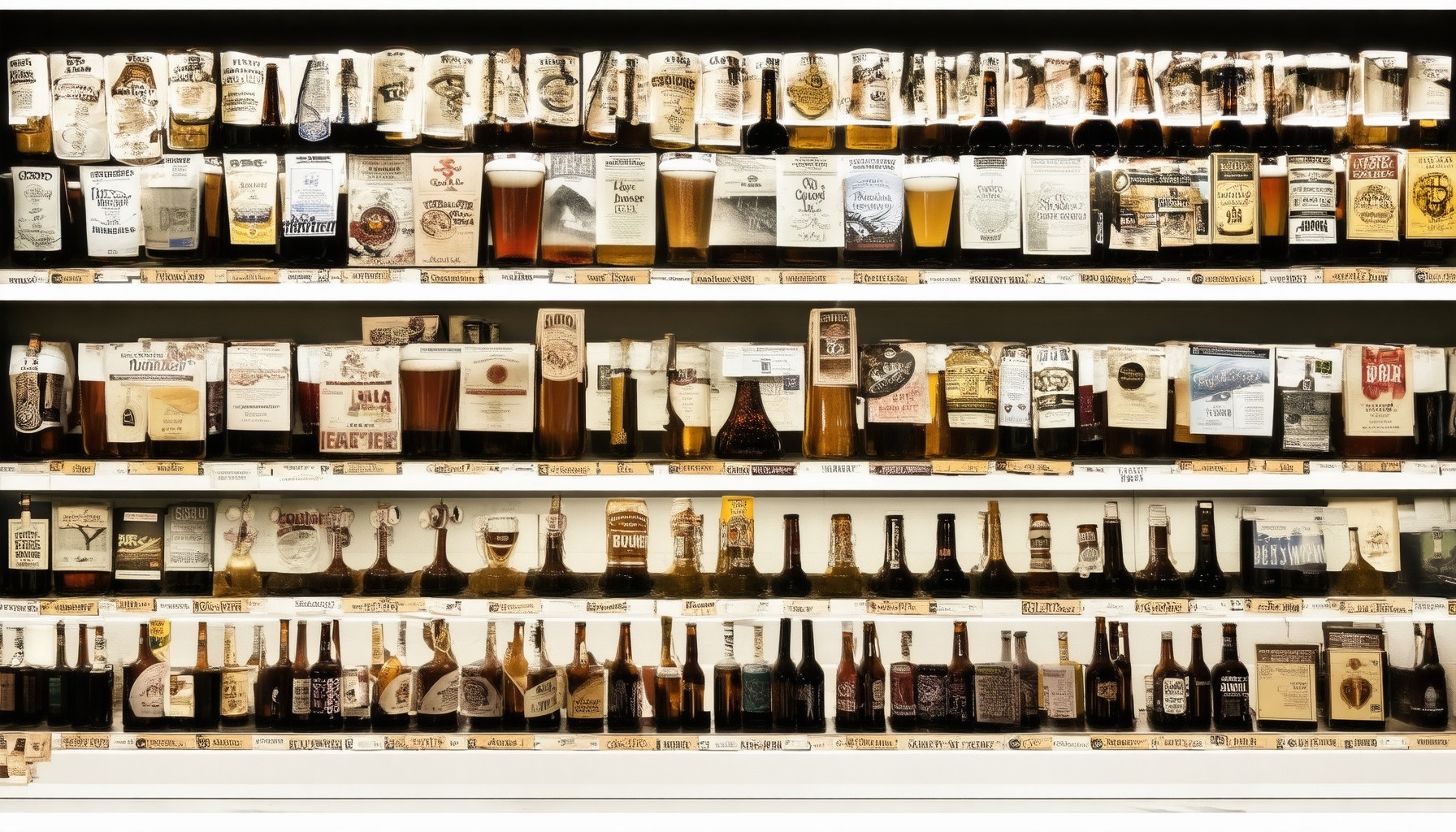

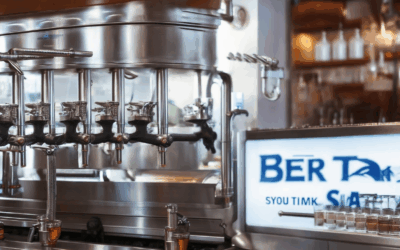
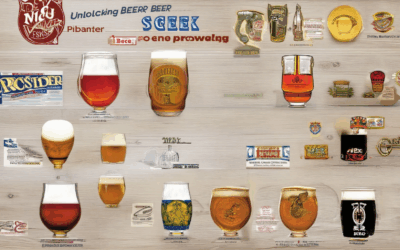
0 Comments